Common Fishing Line Comparison Guide – The Good, the Bad, the Ugly
Travis Olander 01.26.23
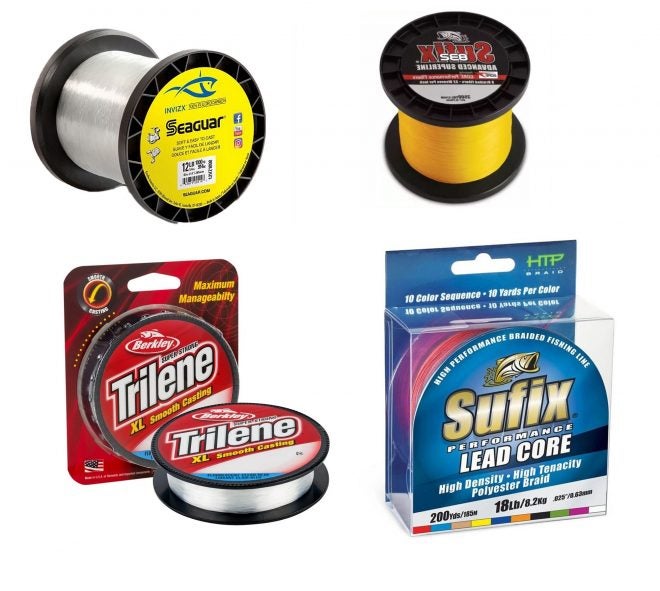
Every angler knows bait, jigs, weights, and tackle make or break a clean catch – but what about your line? A proper fishing line makes wrangling more reliable. Using the wrong line can mean a snap and losing your fancy crankbait or shiny lil’ spinner to the sad, dark depths. Picking the right line depends on a few important factors. Line characteristics are what differentiate the monos, flouros, and braids of the world.
Fishing Line Traits
Shock Strength – This characteristic determines how well your line can hold up to snags and sudden tension. More importantly, shock strength helps mitigate the risk of an aggressive fish from snapping your line as it takes the bait before making a mad dash.
Abrasion Strength – The abrasive resistant of a line is important for preventing tears and snaps when you’re trawling through thick weeds, pulling your baits across rocks and swarf, or when you accidentally hook into that a underwater log (and make frustrated attempts to free yourself with violent whiplash).
Visibility – You’d think fish have sight that’s too poor to spy a line — and you’d be wrong. Fish have adapted to seeing glints, flashes, and generally anything that’s foreign to them. That includes your line. If they see it before taking the bait, they’ll often get spooked and run off.
Buoyancy – Some lines float, and some sink. Both qualities can be useful depending on your fishing style, the bait or lure you’re using, the fish you’re going after, and the depth you’re fishing in.
Memory – Some lines have low memory, which means they’ll unspool and lie about the water without getting kinked. Other lines have high memory, and can retain a loop or curve from resting on the reel. This might seem like a mere annoyance at first, but it can also affect your presentation and action, inhibiting the effectiveness of the bait or lure you’re using.
Types of Fishing Line
Each type of line may have higher or lower strength, memory, visibility, and buoyancy. Let’s take a look at them and compare.
Monofilament
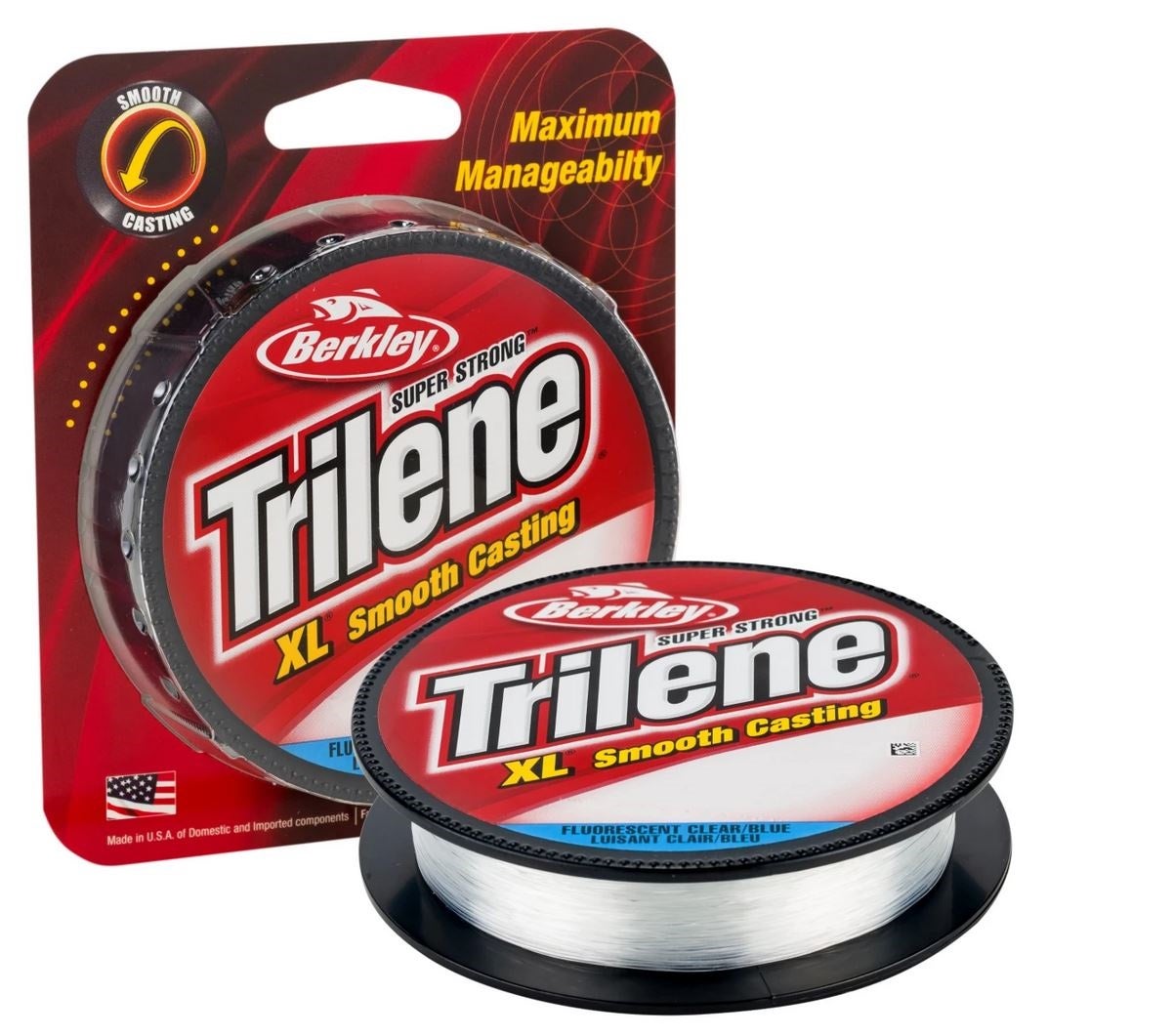
The most popular type of line – Monofilament, or simply “mono,” is the oldest and most widely used fishing line. It’s a single strand of synthetic fiber that was developed in the 1930s. Mono’s cheap and best for beginners who are practicing with their first reel.
Mono Line Advantages – Monofilament line is able to stretch to absorb shock. It’s also resistant to abrasion and, when spun from clear fiber, it’s nearly invisible. Coupled with its high buoyancy, mono’s great for fishing in shallow, clear waters. Mono has some spring to it. That makes it great for lures that require high movement and action, and it can help you avoid scraggle and snags.
Mono Line Disadvantages – Compared to similarly-sized braided line, mono is weaker. It doesn’t last very long and, once stretched through shock, it risks breaking. Thick mono has some memory. So, high-test lines may not be ideal if you’re working with small, light lures (or worms). It also tends to get brittle if it’s left to sit.
Copolymer
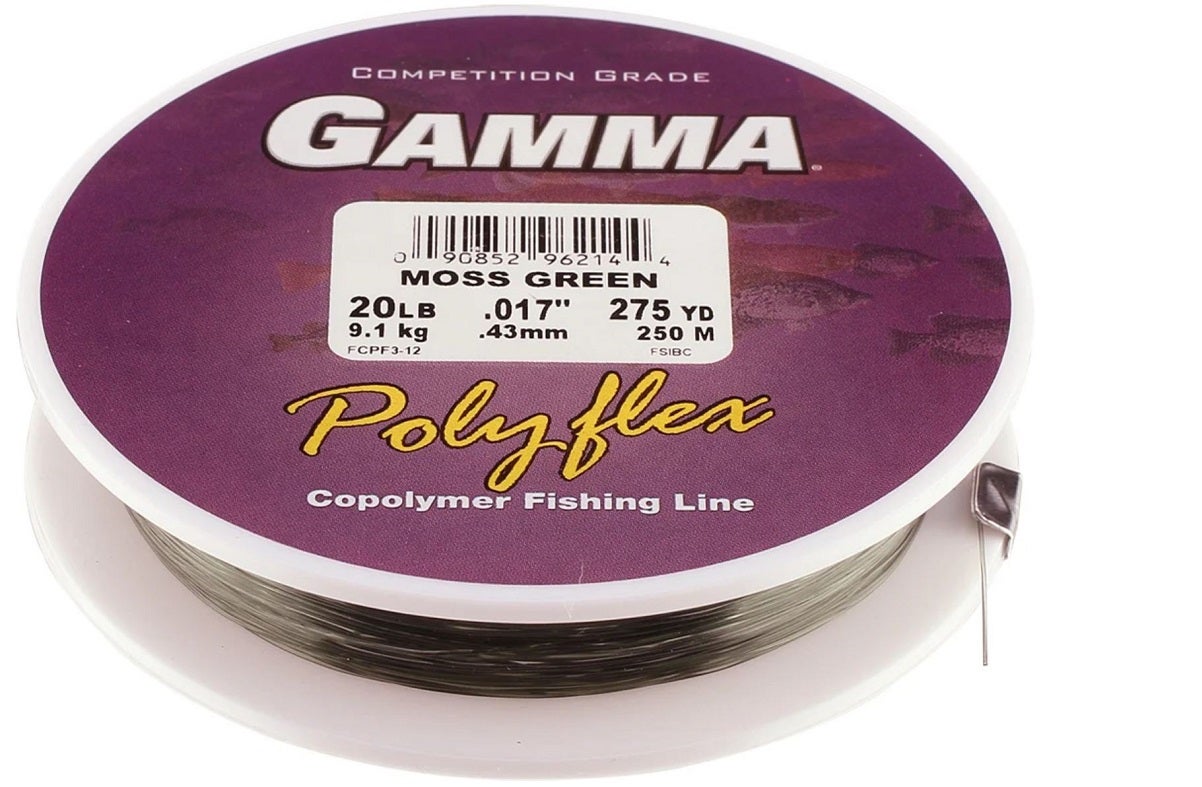
Monofilament, Version 2 – Copolymer line is simply monofilament made from two types of synthetics. It’s an improved (and costlier) single strand that eliminates some of the disadvantages of regular ole’ mono.
Copoly Line Advantages – Copolymer line has less stretch than mono, without reducing its shock strength. That means you get more precision and control when casting and reeling without risking breaks. It’s still easy to tie knots and spool, and it has less memory. Compared to monofilament of the same diameter, copolymer will always be stronger.
Copoly Line Disadvantages – The only true drawback to copoly is that it costs more per yard than monofilament. Although we don’t consider it a drawback, copolymer line is also less buoyant. Remember, buoyancy can be a good or bad thing depending on your lure, target, and water.
Flourocarbon Fishing Line
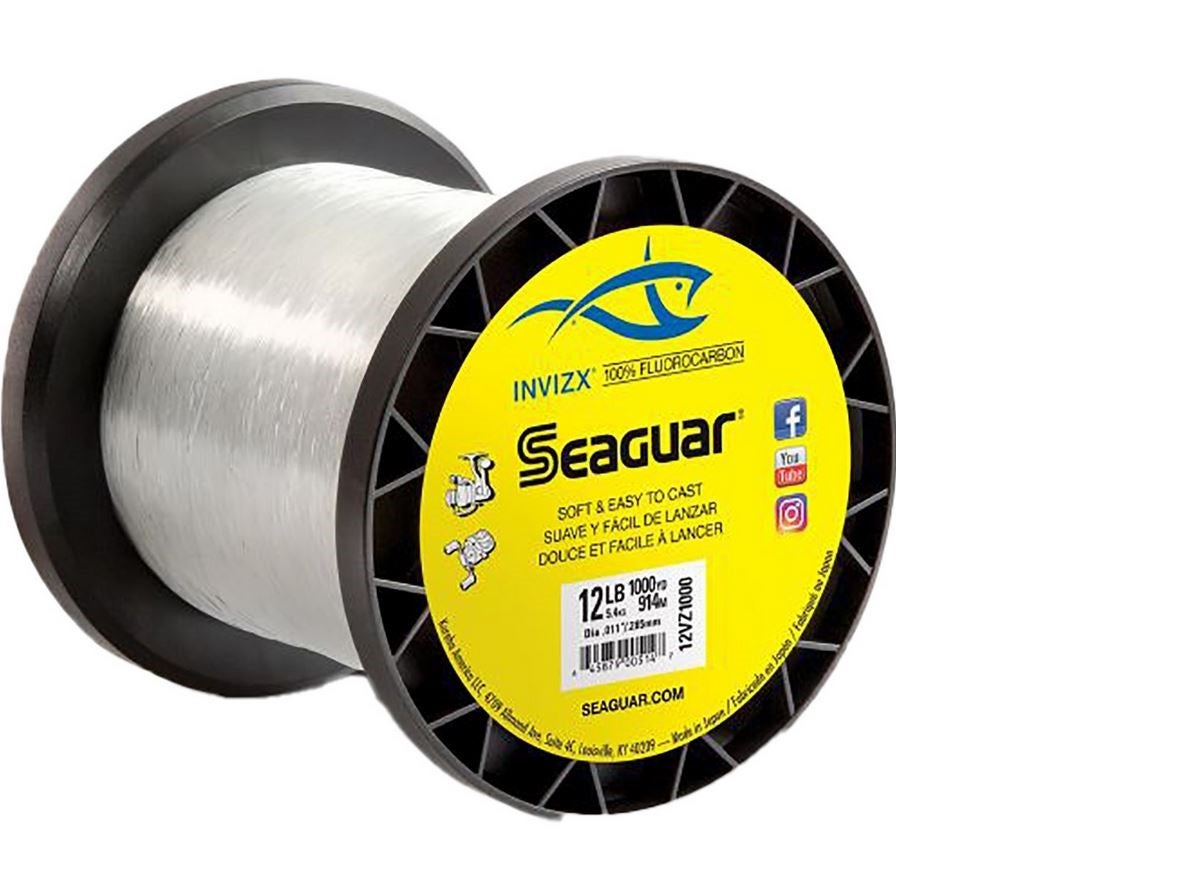
Invisible and Sensitive – Flourocarbon could be considered monofilament. It is, by definition, a single strand of synthetic material. But it’s denser and far more transparent than mono or copoly, disappearing in the water.
Fluorocarbon Advantages – That near-invisibility is flouro’s main advantage. It’s not any tougher than monofilament or copolymer lines when it comes to raw strength. But it is more abrasion resistant the former two, and it doesn’t stretch as much. That means you get high shock strength but good precision.
Fluorocarbon Disadvantages – Fluorocarbon doesn’t like to knot easily, so it takes some real strength and finesse to tie your baits and lures. Fluoro lines also have high memory and can tangle easily, especially with light loads. Lastly, fluoro is more expensive than mono and copoly.
Braided Fishing Line
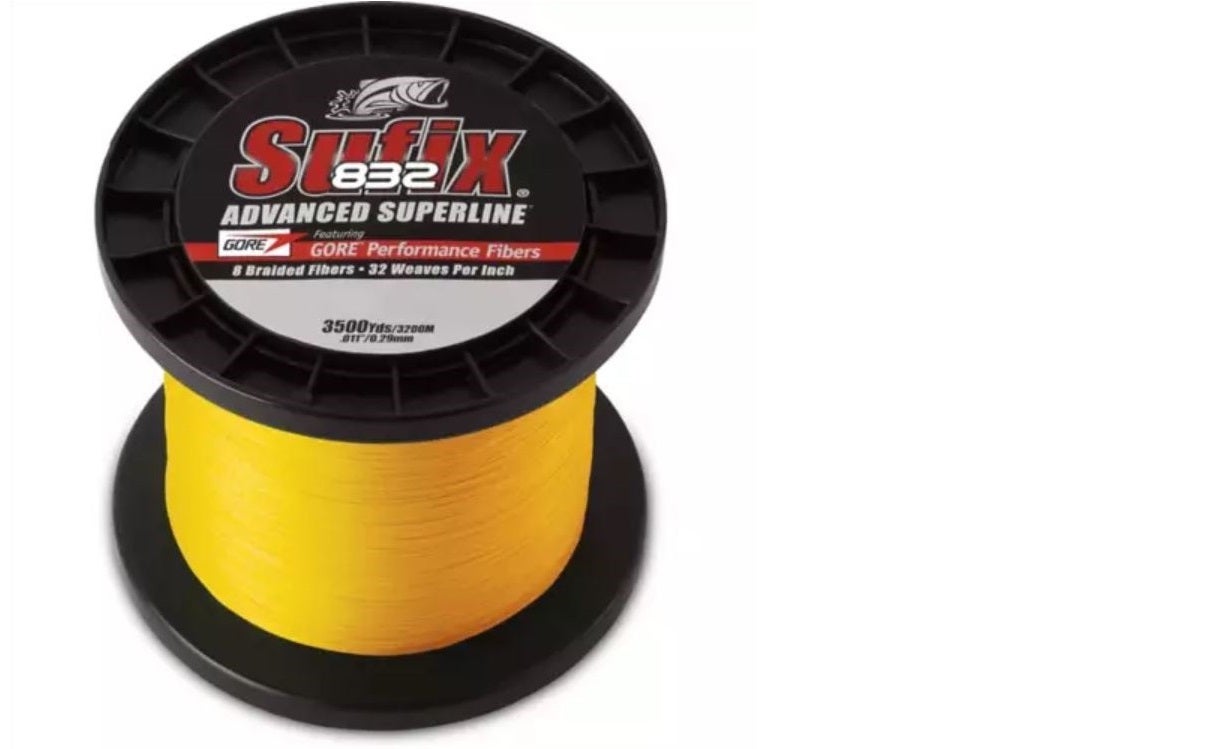
High Strength, Zero Stretch – Braided line is the toughest fishing line on the market. As the name implies, braided fishing line’s made from smaller strands of interwoven ultra-high-molecular-weight polymer fibers (UHMWPE) like Dyneema or Spectra. To give you an idea of just how strong this material is, it’s also used to make composite body armor.
Braided Line Advantages – Braided line has zero memory and no stretch. It’s also the strongest line by far, beating all others for size compared to test. If you’re going for big catches — as in, a swordfish that could injure you once hauled onboard — braided line is the stuff you want.
Braided Line Disadvantages – Braided line sticks out like a neon sign in the water. It’s simply not viable for catching small, finicky fish in clear waters. It has virtually no buoyancy and less abrasion resistance than single-stranded lines. So, it has a higher chance of snagging and snapping if you’re sinking lures into high debris.
There is No “Best” Fishing Line
Each type of line has tradeoffs that are best suited for different fish, water, and lures. Simply put, no one fishing line is “the best overall.” If you’re using dropshots and trawling shallow bottoms with a baitcaster, fluoro line is best. But if you’re in low-visibility water or thick vegetation, or you’re using a precision jig seeking aggressive fish, braided line is ideal. If you’re using a suspension rig in deep water, copolymer works great. Speaking of aggressive fish: Tying a solid knot is just as important as picking a line. See how to tie a perfect snell knot for dragging baits and hooking big game.